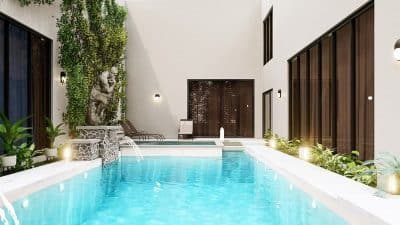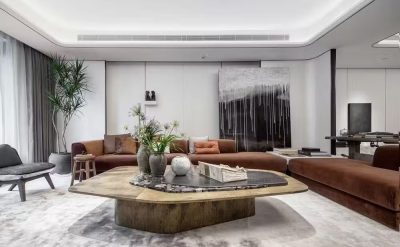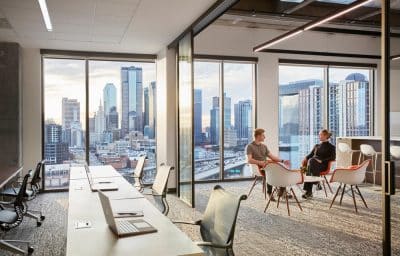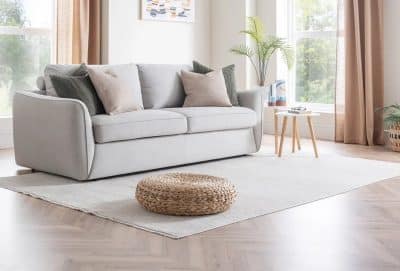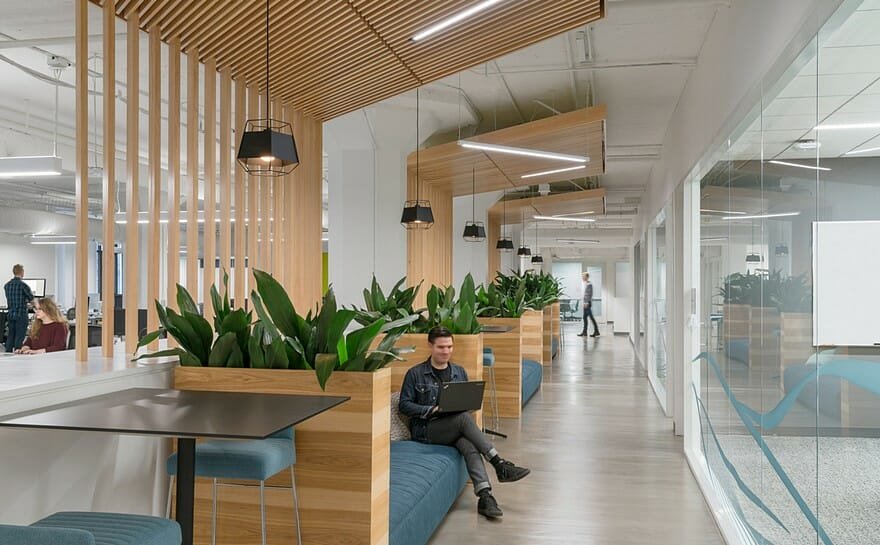
What’s the one thing that Etsy, Airbnb, Microsoft, and Amazon all have in common?
Their incredibly well-designed biophilic workspaces.
Apart from transforming the office ambiance, these designs have also had a huge impact on their workforce. These nature-reflecting spaces have helped improve employee retention rates, wellbeing, and even productivity levels.
And while you may not have the same design budgets as these giants, that shouldn’t stop you from adding biophilia to your spaces.
Today we bring to you 8 low-effort, low-cost ways to incorporate biophilic design into any space.
1. Plants
Plants are the first thing that comes to mind when someone mentions biophilic designs, and rightly so.
They are the most low-cost and high-impact of all biophilic design elements. They transform any space instantly and liven up the mood of its users too.
Perhaps the only drawback with plants is their high-maintenance requirements. But that can also easily be solved by using artificial plants.
In fact, artificial plants also give designers the freedom to look beyond the basic, easy-to-maintain potted plants. With no watering and no pruning needed, the decoration options are truly limitless.
For example in spaces with very little floor area, consider bringing in nature vertically, through faux green walls.
Or get more innovative, and use artificial boxwood as biophilic partitions.
Not to forget the option of an artificial hanging garden with creepers and ferns framing the ceiling.
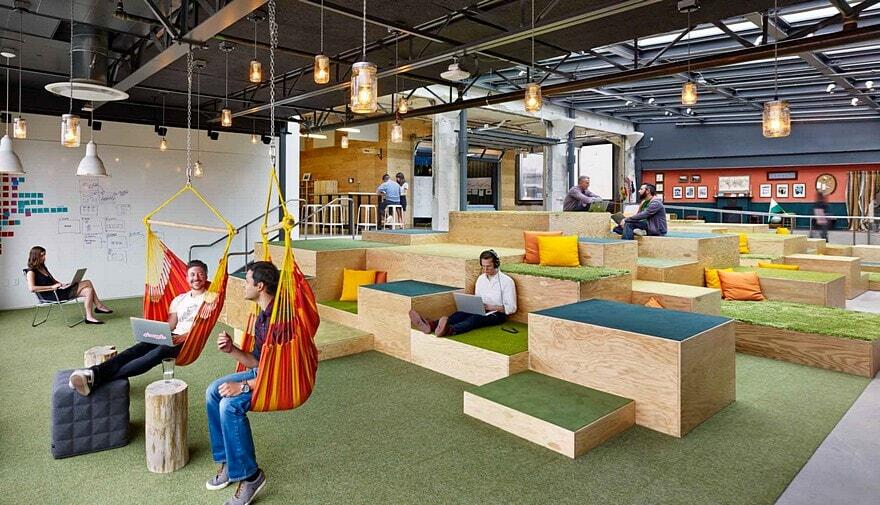
2. Natural colors
Biophilic design involves layering a space to make it as natural-seeming as possible.
As such, wall paints present a hassle-free biophilic design opportunity. They are low-cost, low-effort, and make a large visual impact.
Using “natural colors” like blues, greens, and browns is the simplest biophilic design choice. These colors are even proven to help reduce stress and improve productivity.
So move away from stark all-white and blood-red color schemes, to more natural, earthy combinations.
3. Natural materials
Aside from the colors, the cladding and furnishing materials are crucial to biophilic design. Not only can they make us feel closer to nature, but feeling those textures also adds to the richness of the experience.
For this, think natural materials and nature-inspired textures like wood, stone, and sand.
Now, we realize that natural wood and stones like granite and marble are real budget breakers. (And oftentimes don’t fit the design aesthetic one has in mind.)
So for instances like that, we suggest:
– nature-inspired textured wall panels
– wallpapers or furniture with biomorphic patterns
4. Spatial layout
It’s not all about the smaller add-on design elements though. The best biomorphic designs also have elements of nature brought into the way the space itself is built.
Nature offers us a mix of vast, open plains to run around in, and shaded tree canopies or cozy, warm caves for us to huddle up in. So to bring in the full impact of biophilia, the designed space needs to reflect this as well.
The best part is, this is possible to do even with smaller floor areas.
Bring in the vast, sunny plains with bright, high-ceilinged open-plan community spaces. Add large windows, courtyards, lightwells, and skylights whenever possible to channel the open skies and bright sun.
Then sprinkle in intimate nooks with lower ceilings, personal lighting, and small-scale seating for smaller groups to gather in.
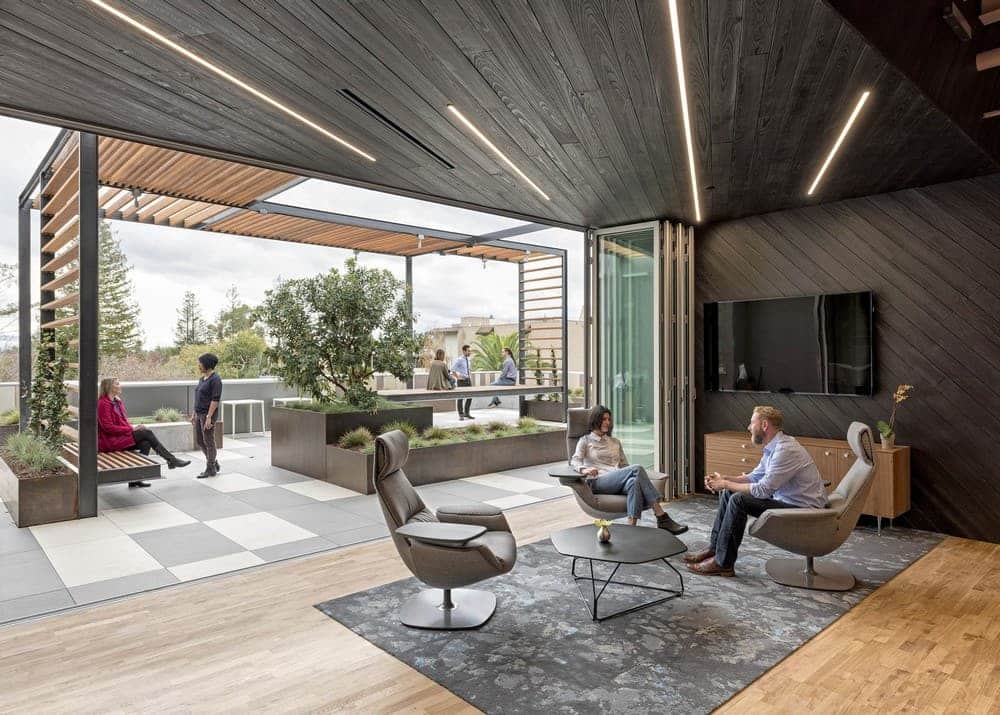
5. Natural light
Very often, the biggest biophilic design saboteurs aren’t the space or the design elements. It’s the way the space is organized and laid out.
As humans, we thrive in well-lit spaces. And no, we don’t mean the harsh, glaring fluorescent overhead lighting that we associate with old-school workspaces.
We’re talking bright natural sunlight filtering through open windows. Or perhaps warm-yellow lighting that gently lights up a room in the evenings.
If your budget allows for it, then even consider circadian lighting and lamps that follow the ebbs and flows of the natural world.
Pro tip: If you have a space with only a modest handful of windows, then fret not. Instead make the most of the available natural light, by modifying the layout of the room.
First consider removing, or at least reducing, partitions that block natural light. Then reorganize the existing furniture layout of the space to maximize people’s access to natural light, windows, and views.
Seeing and touching nature is one thing. But being able to feel, smell, and hear it is what sets the great biophilic design apart from the good.
This is what we will focus the last three design elements on.
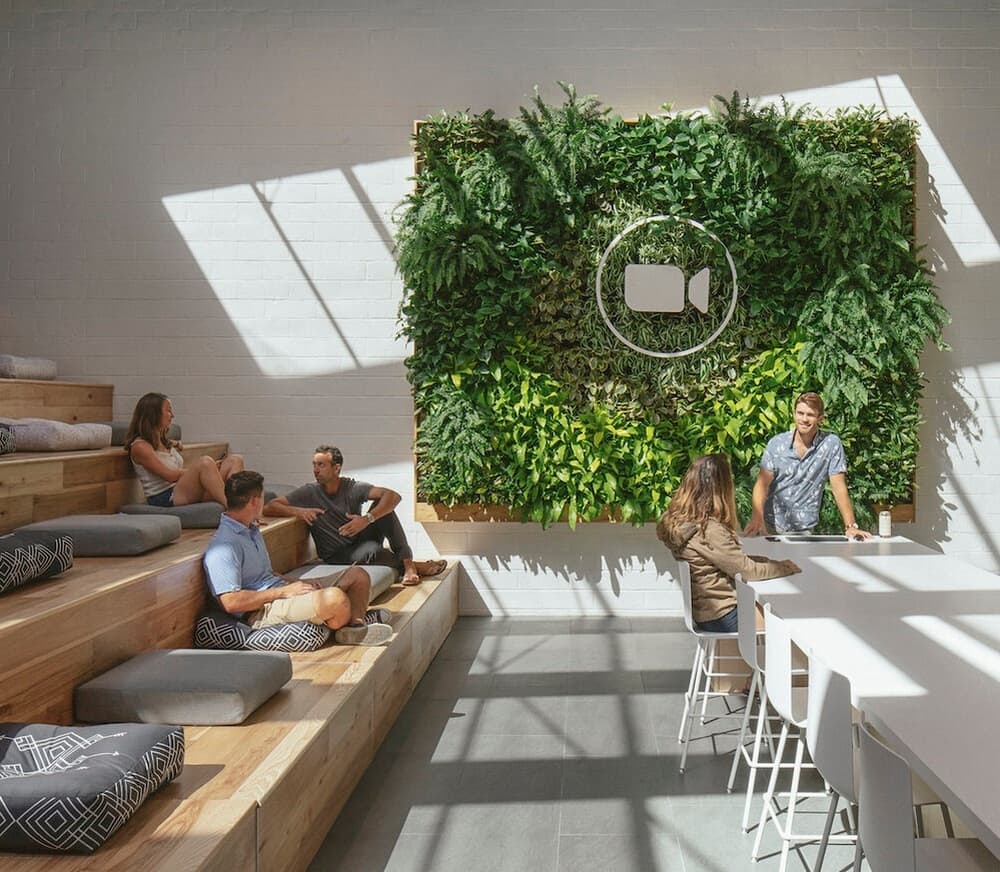
6. Hear nature: Water
The sight and sound of water can make entire rooms feel more alive and energetic instantly.
Not everyone can afford a double-story water-feature wall. But don’t let that stop you from bringing in water at all.
Consider lower-cost options like tabletop fountains and mini-aquariums. Even a large urn with water lilies or lotuses can bring a sense of tranquility to a space.
7. Feel nature: Ventilation
We understand it’s not always possible, but when weather permits it, open up those windows.
Let the fresh air flow in. It will not only remove the stale indoor air, but the feel of a gentle breeze on your skin can do wonders for people.
If there’s no opportunity for open windows, then consider investing in HVLS fans. These fans mimic natural airflow, remove excess moisture and odors from stuffy rooms.
8. Smell nature: Scents
And finally, we come down to the subtlest of them all, the scent. Sure, this isn’t technically a traditional design element. But it’s an addition that’s worth noting.
Anyone who’s ever tried aromatherapy, or lit up a scented candle will tell you about the instant mood-lift that comes with a fresh, natural scent.
Incorporating air diffusers into a room adds the final touch of excellence to biophilic design.
And with that, we conclude the low-cost, low-effort guide to biophilic design.
Now don’t get overwhelmed and dump everything into a space at once. We suggest you take it a step at a time.
To start with, use a combination of 3-4 elements, while ensuring the space still feels balanced. Soon, you’ll be able to work your way to bringing all these elements together in one space, seamlessly.
In conclusion, embracing low-cost biophilic design doesn’t have to be expensive or complicated. With our low-cost, low-effort tips, you can transform any space into a natural haven that promotes well-being and productivity. Remember, even small changes like adding plants, using natural colors, and maximizing natural light can make a significant difference. Start with a few elements, and gradually integrate more to create a harmonious, nature-inspired environment. By doing so, you can achieve the benefits of low-cost biophilic design without breaking the bank.


